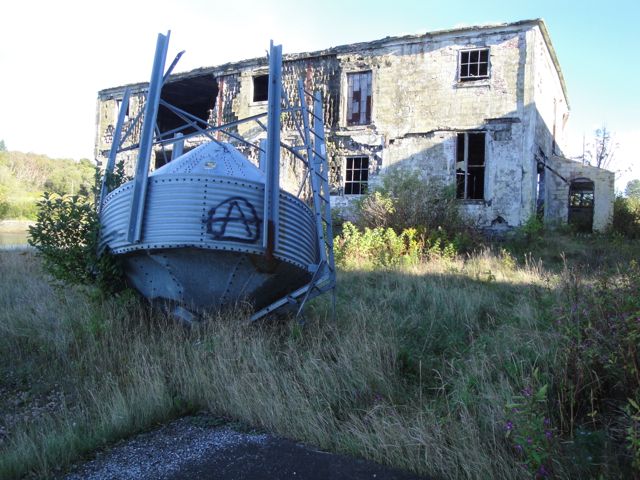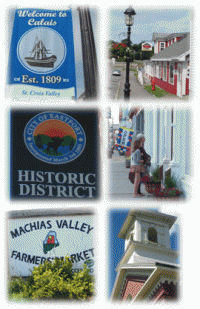 Brownfields & Economic Renewal
Brownfields & Economic Renewal
What are Brownfields?
Brownfields are abandoned, idled, or under used industrial and commercial facilities/sites where expansion or redevelopment is complicated by real or perceived environmental contamination. For a short video describing what brownfield are, click here.
Why Site Assessment on Brownfields matters....
 It is the uncertainty associated with the real or perceived contamination on Brownfields sites that inhibits their redevelopment - uncertainty about legal liability, uncertainty about the cost of any clean-up required, and uncertainty about the health and environmental impacts of any contaminants that may be present.
It is the uncertainty associated with the real or perceived contamination on Brownfields sites that inhibits their redevelopment - uncertainty about legal liability, uncertainty about the cost of any clean-up required, and uncertainty about the health and environmental impacts of any contaminants that may be present.
Brownfields assessment answers each of these areas of uncertainty. By addressing legal, financial and environmental questions, site assessment gives landowners the information they need to manage risk, get a loan from a bank, and be released from liability.
For a short video about Phase I and Phase II Assessments, click here.
Why do we care about Brownfields?
Washington County’s coastal cities and towns hosted a heavy concentration of shipyards, canneries, fuel transport and other business along the waterfront. Over a century of industrial emissions and discharges has resulted in residual impacts to the land, groundwater, and marine environment. When combined with over 250 spills of oil and hazardous substances reported by Maine DEP for Coastal Washington County since 1984, the cumulative environmental impacts are substantial.[1] These issues become exacerbated with climate change and associated sea level rise, where shorefront factories, like the Columbian cannery in Lubec, become inundated and contaminants are released to the marine environment.
In 2013, MaineHealth published a report that ranked Washington County 14th of 16 counties in Maine for a number of “Physical Environment” rankings. These rankings reflect cumulative environmental impact for many communities in the county.[2] For example, the county scored high for threats to drinking water, air pollution and limited access to healthy foods. These data raise concern over the high reliance on groundwater for drinking water, and risks posed by industrial waste and water pollution; as well as local and regional transport of industrial air pollutants.
Regulatory Barriers to Redevelopment
 In some regions there are barriers to redevelopment embedded in municipal ordinances. Not so in the GROWashington-Aroostook region.
In some regions there are barriers to redevelopment embedded in municipal ordinances. Not so in the GROWashington-Aroostook region.
There are only a handful of municipalities in Washington County with locally adopted zoning ordinances. Others have very basic land use ordinances or nothing at all besides the state-mandated subdivision and shoreland zoning regulations. None of these regulations contain regulatory barriers to infill development. Indeed most of them, and the Comprehensive Plans on which they are based, encourage it.
Three of the largest municipal centers (Calais, Eastport and Machias) are part of the Maine Downtown Network and actively support brownfields redevelopment. Indeed, the Washington County Brownfields program was a featured presenter at the November 2013 Washington County Downtown Day (http://www.mdf.org/events/Washington-County-Downtown-Day/690/). This participation and outreach in fact led to the identification of a new potential brownfields site to our inventory.
[1] Maine DEP “Spill Report Master List,” www.maine.gov/dep/maps-data/documents/spills.pdf
[2] Mainehealth, “2013 Community Health Rankings – Summary for Washington County,” 2013.

Share this content: